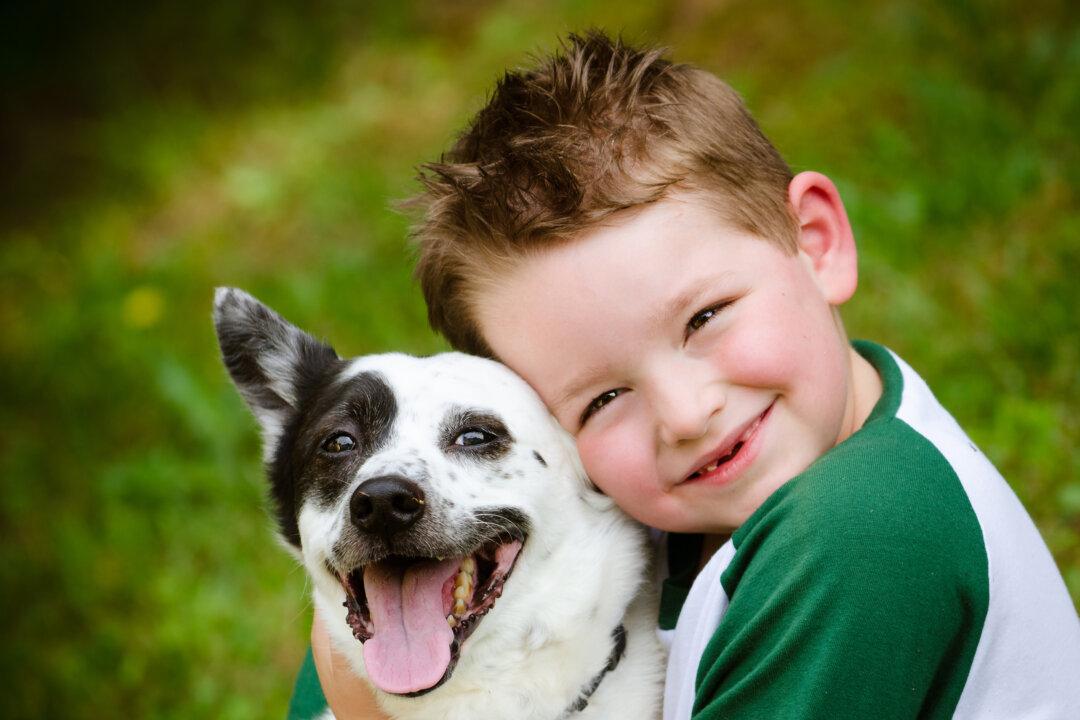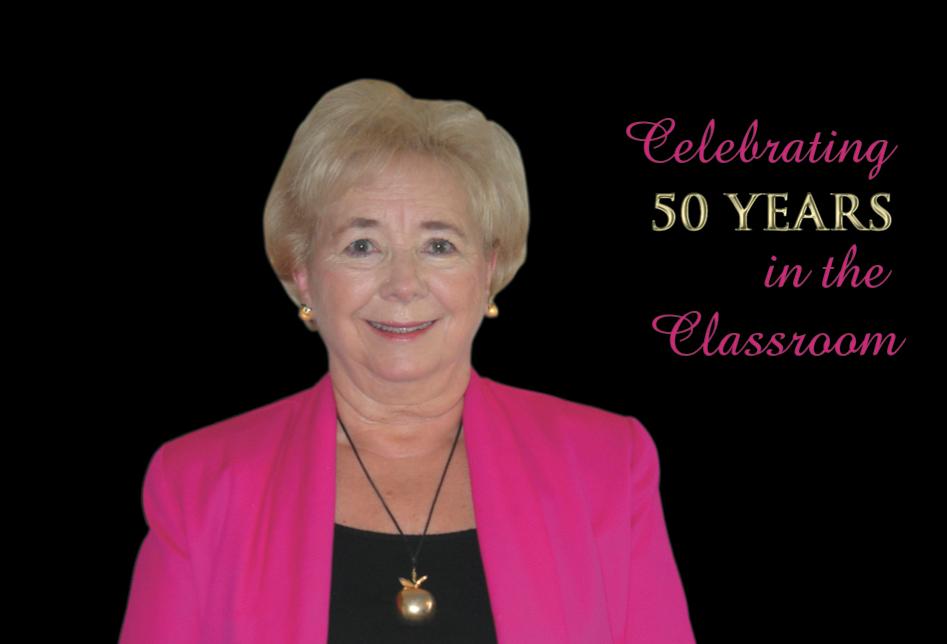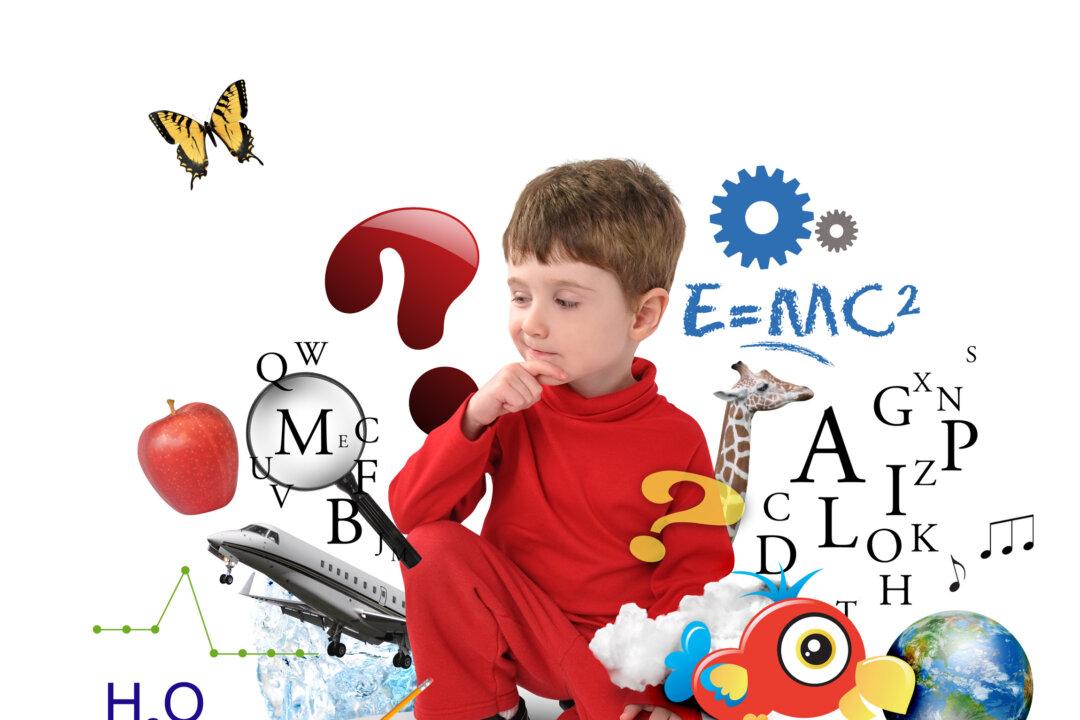This series of 10 articles on ‘How Children Learn Best’ is written by Canadian Citizen Pat Kozyra who has been teaching in the classroom for more than 50 years. In the series she will cover a range of topics likely to be of interest to both parents and teachers—topics include Children’s Learning Styles, Multiple Intelligences, the Importance of Music, the Importance of Play and other topics. During the series questions can be posed to Pat and she will choose one to answer each week.
It is hard to believe that your child in his or her pre-school environment which many consider “just play” is actually learning and developing pre-reading and pre-writing skills, becoming familiar with basic math and science concepts, and gaining social skills that will be of benefit now and in future years. In a supplement to Weekly Reader magazine in the Pre-K Edition, Issue 23,
Diane C. Ohanesian helps us understand why it is so important to have experiences with paint, blocks, paper and sand, and how and what they learn. You always knew kids love this stuff and you knew it was good for them, but now you will learn why.
Learning with Art Materials:
Pre-reading skills:
• they make many choices
• they visually discriminate between colours
• they discriminate with textures
• they discriminate with paper shapes and cutouts.
Pre-writing skills:
• exercising the small muscles in their hands and fingers working with crayons
• exercising the small muscles in their hands and fingers working with scissors
• exercising the small muscles in their hands and fingers working with paintbrushes
• children learn to express thoughts and feelings they are not yet prepared to verbalise.
Learning through water play:
• they learn about the properties of water (science)
• they learn that water can be poured and absorbed and it flows
• they learn what objects can sink or float
• they learn Math concepts by using cups to measure and counting the scoops to fill a cup
Emotional development:
• water has a soothing effect on many children with its softness and movement
• the repetitive activity of filling cups and pouring relaxes and relieves tension.
Learning Through Block Play:
• they learn how to estimate
• they learn how much space is needed for a structure
• they learn how many more are needed for a completion
• they learn comparing when they try to build a tower taller than a neighbour’s
• they learn about balance as they support the structure with bigger blocks
• they learn how to classify as they group the blocks with colour shape and size
Learning With Picture Books:
Pre-reading skills:
• they recognise that symbols (letters) have meaning
• they learn groups of letters form words
• they learn groups of words form phases
• they learn groups of phrases can form sentences
• they learn about left to right reading
• they learn that illustrations can be ’read' for meaning
• they learn language skills as they talk about the pictures
• they learn to retell what they saw in the pictures
• they learn to describe experiences related to the pictures.
Learning through dramatic play:
• they learn pre-writing skills as they create their props
• they learn to read the symbols on the props like tickets, menus, labels, signs
• they learn to explore their fears, anger, anxieties with drama
• they learn to work through emotional issues with pretending
Learning through outdoor play:
• they learn language skills as they climb, swing, run and slide along with the talking
• they learn lessons in sharing, negotiating, creating rules and order
• they learn to solve problems like whose turn next, who will lead, how many needed.
Play with puppets:
One of the best books I have purchased by Mary Jo Huff gave excellent reasons why we should give our children the opportunity to use puppets at home. Here are just a few reasons:
1. Understand the written word through stories
2. Develop an ability to communicate with others
3. Practice good listening skills
4. Develop language skills
5. Form an appreciation of good literature
6. Communicate ideas and information
7. Learn how to work cooperatively in groups (with friends at home or at school)
8. Improve critical thinking skills
9. Emphasise thinking processes and concept development
10. Reinforce new language and written symbols
11. Communicate through dramatisation
12. Express emotions and inner feelings
Language is learned when children actively use language and it is remembered best when the children are excited about using language. Storytelling and puppets offer children the opportunity to experiment with language. Story time is anytime. Choose stories that are developmentally appropriate for your child.
Encourage him or her to interact with all aspects of the story. They will experience meaningful language and literacy activities and develop necessary skills. Children should be active participants, and not passive recipients. All of this leads to an interest in reading, writing, speaking, listening and problem solving.
One of the chapters in my book, Tips and Tidbits For Parents and Teachers has one chapter specifically on the importance of playing with balls. It is that important!
The benefits of playing with balls (A toy that never goes out of style!)
I feel that balls unfortunately are being replaced with other toys. Children should be experiencing balls that are large and soft enough for success as well as confidence, and also balls that are small and hard enough to offer a challenge and a reward.
When is the last time you played ‘ball’ with your child? There must be at least 50 different types and kinds of balls out there on the market. The choices are endless.
Why is the ball such a wonderful toy?
• children learn how to control their hands feet and bodies
• children learn eye-hand coordination
• it helps refine their large motor skills
• it helps develop self-confidence
• it helps develop independence
• it helps develop problem solving
• it helps to enforce the “I learn by doing” attitude and “practice makes perfect”
• children learn how to deal with gravity
• children learn how to take turns and have fun
• it helps with coordination of reflexes
• children learn how to say “good game” or “congratulations”
And lastly: Enjoy this writing found on face book by MHC Early Childhood Solutions. It says it all!
It’s not “Just Play”
Play is an essential part of early learning.
It is the lifeblood of the learning process.
As children play they are developing the cognitive, socio-emotional and physical skills they will need to take them into a successful adulthood.
They are developing their curiosity.
Problem solving, intentionality, flexibility
And verbal and non verbal skills.
Socio-emotionally they are developing
Their emotional intelligence—learning confidence, cooperation, negotiation,
Sharing, empathy and how to communicate appropriately.
Physically their fine motor and gross
Motor skills are being practised and developed.
It’s not “just play” they developing skills for life!
Pat Kozyra is the author of “Tips and Tidbits For Parents and Teachers—celebrating 50 years in the classroom and sharing what I have learned”. It is available at Amazon.com books, Barnes and Noble.com, bumps to babes stores in Hong Kong, Swindon Books, Kelly and Walsh (Pacific Place) and Beachside Bookstore in Stanley. You are welcomed to ask advice on a teaching or parenting issue by writing to [email protected].




